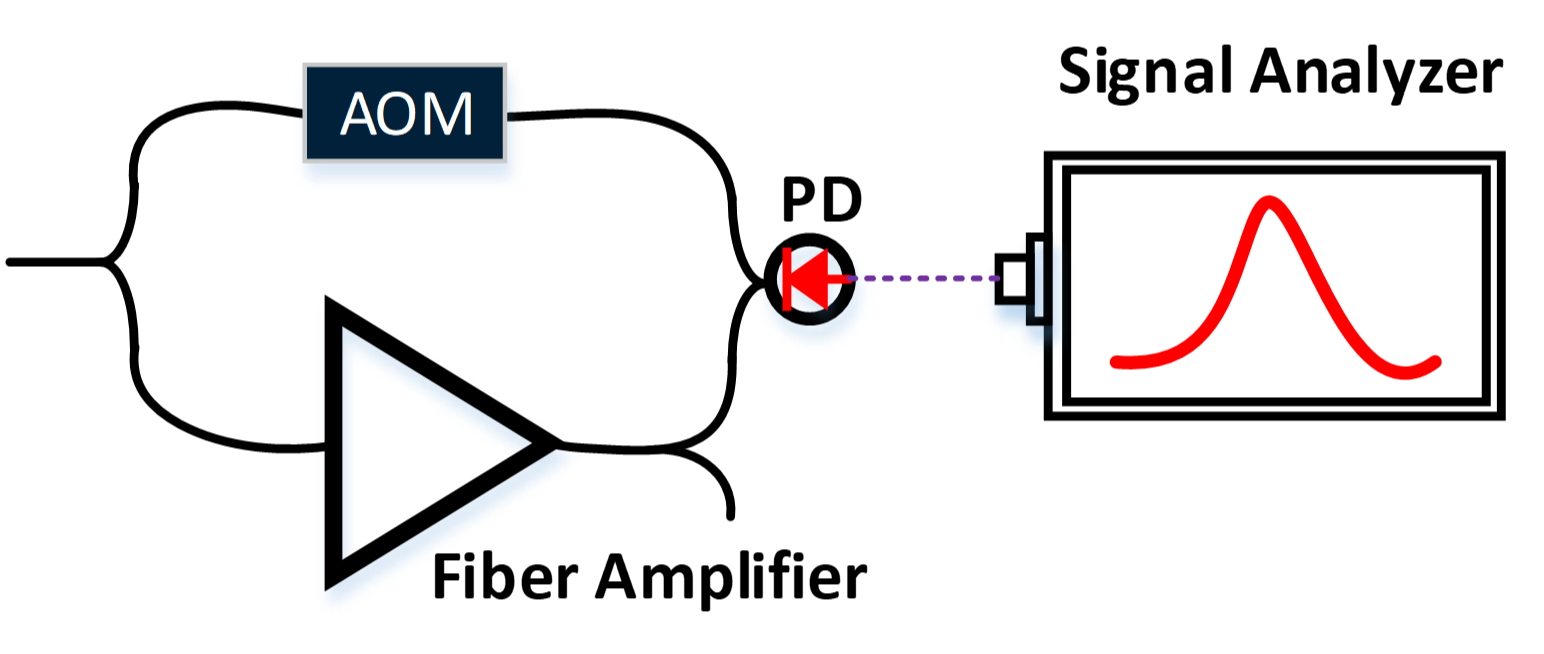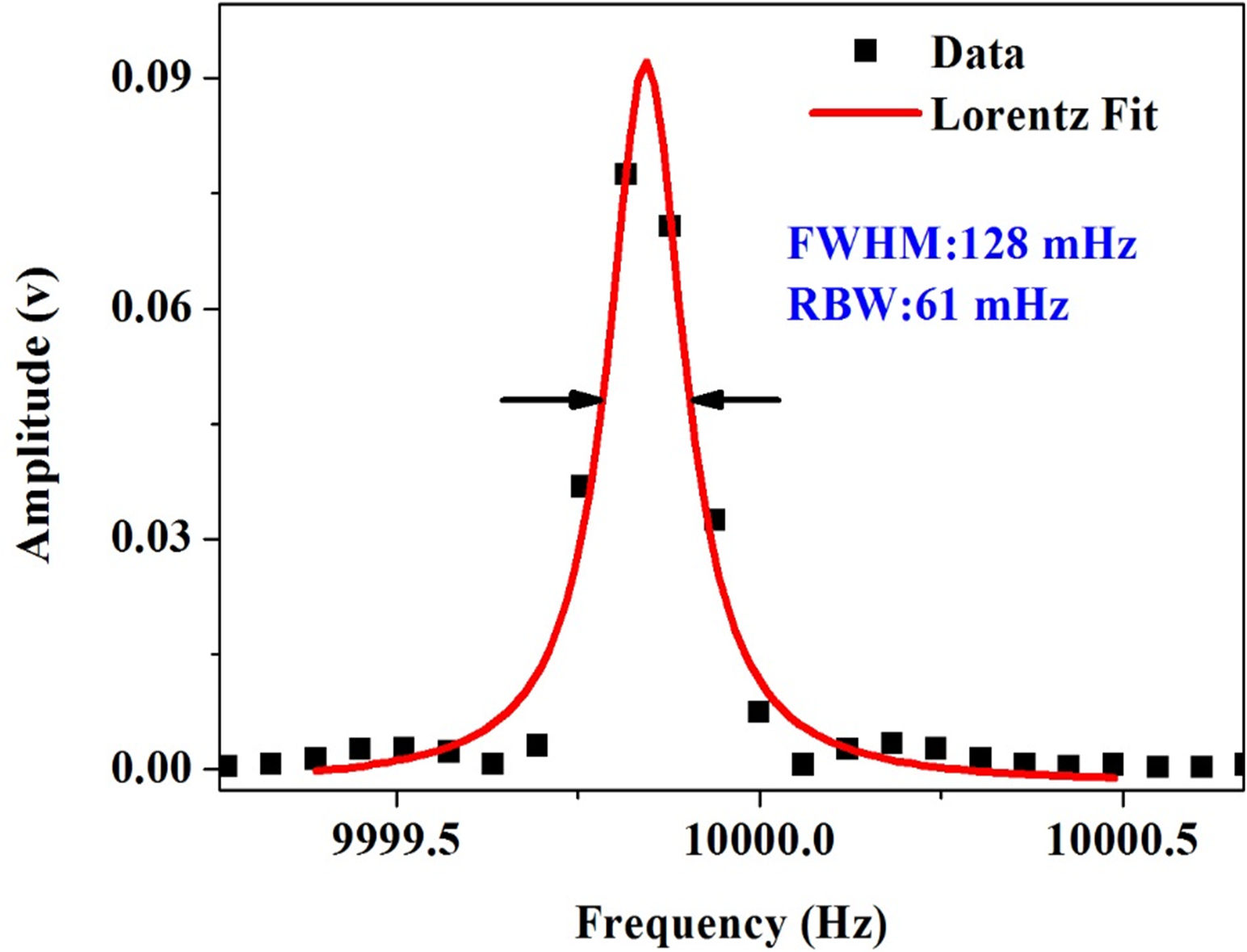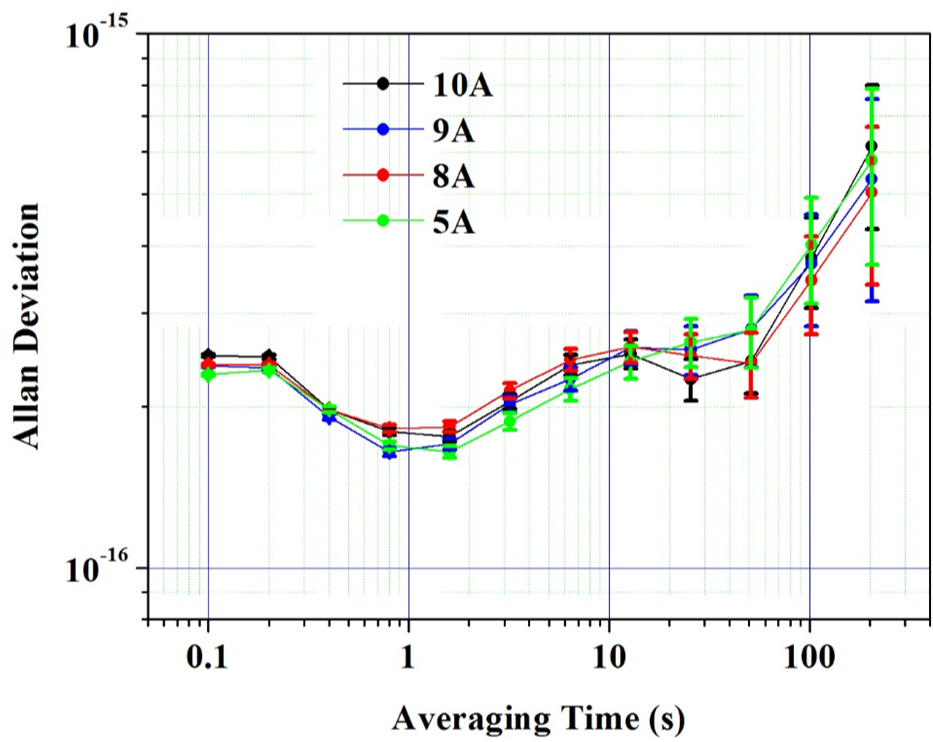Will fiber amplifiers broaden the linewidth?
In order to obtain higher power lasers of different wavelengths, or to use higher power lasers for nonlinear frequency conversion, we usually use fiber amplifiers for power amplification. However, many users have extremely high requirements for the line width of lasers in their applications. They usually ask how the line width of the laser changes during the amplification process? Will the fiber amplifier widen the line width of the seed laser?
PreciLasers technicians designed a scheme as shown in Figure (1) below to measure the line width broadening caused by the fiber amplifier. The seed laser is divided into two paths, one is frequency-shifted by the AOM and the other is amplified and output beat frequency, so that the line width broadening caused by the amplification process can be obtained and superimposed on the RF signal of the AOM.

Figure (1) Schematic diagram of line width expansion of test amplifier

Figure (2), measured amplifier linewidth broadening
It has been concluded that the amplifier has a broadening of 128 mHz (10 W, 1064 nm), but according to the principle of laser amplification stimulated emission, the amplified output laser perfectly follows the seed laser and will not produce broadening. So where does the broadening come from? Spontaneous emission (ASE) is a possible factor. During the operation of the amplifier, most of the upper energy level particles are consumed in the stimulated emission process, and a very small part is consumed in the process of spontaneous emission. Could it be ASE? Considering that the actual measured line width broadening is a very slow frequency fluctuation, the technicians think that ASE is not the direct cause, because the time scale of ASE is the lifetime of the upper energy level. In order to verify this conjecture, the technicians further designed an experiment to measure the frequency stability of the beat signal under different pump currents (different gains, at this time there are different ASE spectral suppression ratios), and characterized it with the Allan standard deviation (the Allan standard deviation and the frequency noise power spectrum can be derived from each other, which is not shown here) as shown in Figure (3) below.

Figure (3) Frequency stability of the amplifier and seed laser beat signal at different pump currents
Comparing the frequency stability of the beat signal under different currents, they are highly overlapped, so it can be considered that the line width broadening of this amplifier is actually different from the gain, verifying the speculation that this broadening is not ASE noise. Considering the time scale of this effect and the scale of the frequency stability degradation it causes (E-15), technicians believe that this broadening is caused by fiber transmission. Usually in the amplifier, there is a fiber >10 m long. After this length of fiber transmission, changes in external temperature and stress cause changes in the refractive index and size of the fiber, which in turn causes a phase change in the laser transmitted therein, that is, a change in line width or frequency. This is also a problem that needs to be considered in ultra-stable laser transmission.
In general, technicians believe that ordinary fiber amplifiers (doped with Yb, Er, or Tm) do not cause a significant broadening of the laser line width, and the magnitude is usually < 1Hz. Unless it is a sub-Hz ultra-stable laser, the broadening of the amplification process needs to be considered, and it can be used with confidence in ordinary applications.
These articles are:
[1] G. D. Domenico., et al. Applied Optics [J]. Vol 49. 25. (2010).
[2] I. Riciardi., et al., Optics Express[J]. Vol 21. 12. (2013).

